In this review we will analyze the D-Link Wire-Free Camera Kit security system. Let’s find out together
Personal, home or shop security is always a very sensitive issue. We are always looking for the best way to control every moment of the day, hoping that nothing will ever happen. Fortunately this market is very large and offers a lot of options for each buyer according to the needs of the same. Also D-Linka Taiwanese electronics company, has moved in this area and in this review we will go and see Wire-Free Camera Kitthe system consisting of two cameras and a hub.
Data sheet
- Image sensor: 1/4″ 2 megapixel progressive CMOS
- Objective: 1.9mm with F2.2 aperture, viewing angle: 115 ° (horizontal), 64 ° (vertical), 140 ° (diagonal)
- PT angle: no rotation
- Minimum illumination: B / W (Night mode), IR LEDs on: 0 lux
- Day and night: built-in PIR (passive infrared) sensor
- Night vision: 7.5 meters
- max resolution: 1920 x 1080
- Frame rate: 24 fps
- Video compression: H.264
- Audio input: built-in microphone
- Audio output: built-in speaker
- Connection:
- Cameras: 2.4 GHz: 802.11n with WPA2 encryption
- Hub:
- Wireless: 2,4 GHz: 802.11n wireless con criptazione WPA2
- Network protocols: IPv4, ARP, TCP, UDP, ICMP, IPv6
- Local storage: microSD card slot (up to 128GB), via USB for external disk storage
- Cloud storage: mydlink cloud storage
- Smart alarm: motion detection
- Two-way audio: supported (dual microphone)
- Operating conditions: -20 ° C ∼ 45 ° C, humidity 20% to 80% (non-condensing)
- Diet:
- Cameras: via rechargeable battery, 23.5 Wh, 3.6 V
- Hub: 100 to 240 VAC, 50/60 Hz, maximum consumption: 18W
- Product size:
- Videocamere: 85 x 66 x 85 mm
- Hub: 65 x 134 x 150 mm
- Weight:
- Cameras: ≅240 grams
- Hub: ≅195 grams
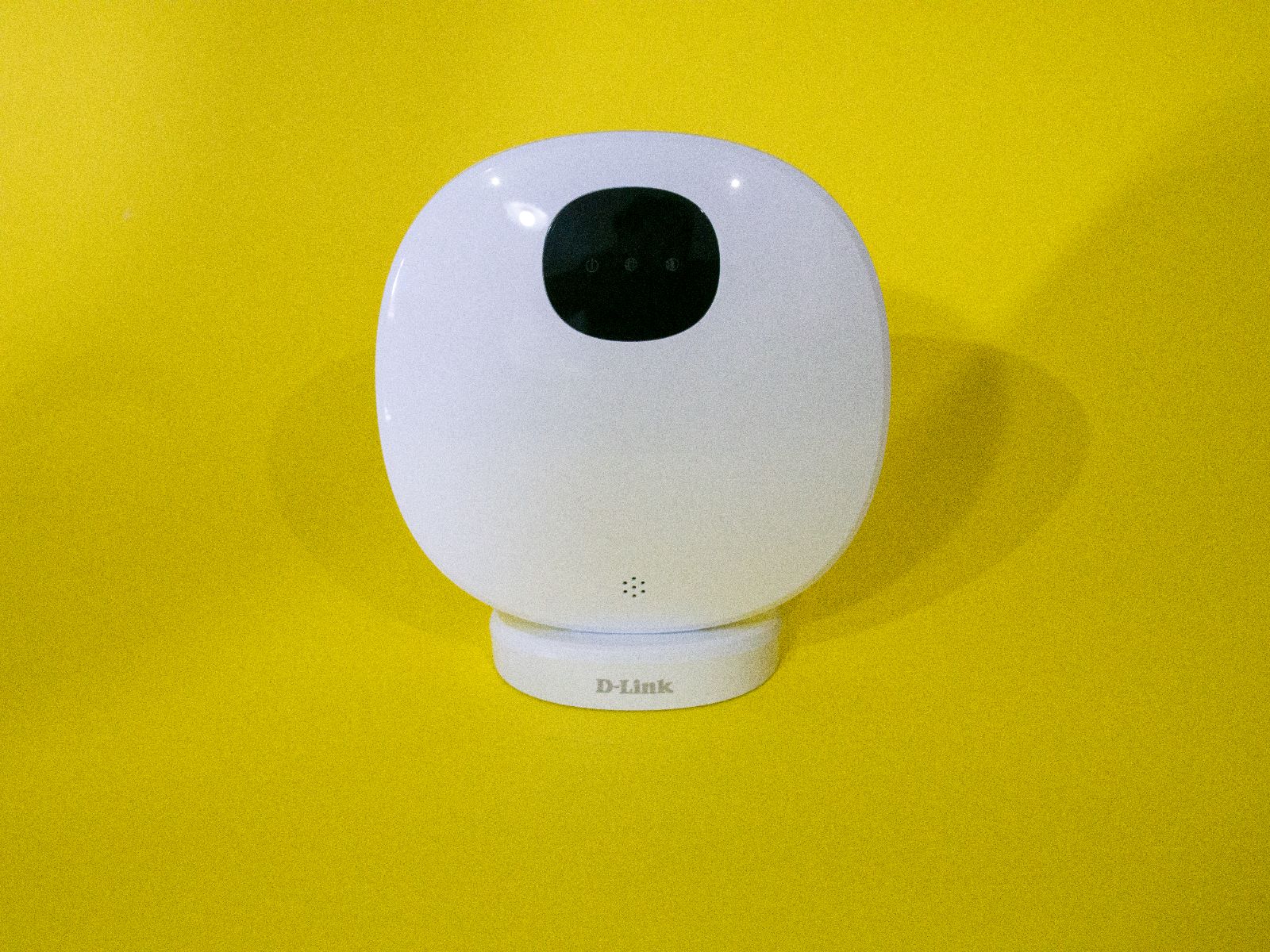
Packaging and design | D-Link Wire-Free Camera Kit Review
Our kit comes in a sliding package above which we will be able to find important information regarding the functionality of the same, the content and the various requirements to make everything work at its best. Once the box is opened, we will find ourselves in front of the two main bodies of the cameras and the Wi-Fi hub, which will allow communication between our smart device and the cameras. Through the latter it will also be possible connect up to four cameras simultaneously.
Under these components we will find a compartment with: a Micro-USB cable to recharge the cameras, a power cord of the hub, an Ethernet cable to connect the hub to the modem, one arm and two magnetic brackets for mounting cameras. However, this set supplied already raises some problems which we will talk about later.
Il designboth of the cameras and the hub, is very simple. On the front of the latter we will find only small LEDs that indicate the power and connection status of the various devices and a small loudspeaker useful for sounding the alarm in case of thieves in the house. On the back instead we will have the power button, the various sockets to connect the hub to the power supply and the modem and a convenient USB socket that will allow you to save videos directly to external storage. Alternatively, on the side there is the appropriate slot to insert a microSD on which to make recordings.
The cameras instead have on the front the lens surrounded by the LEDs and the PIR sensor that allows automatic switching from day to night mode. On the side we find the button to pair the camera to the hubwhile in the rear part, in addition to the Micro-USB socket for charging, there is a magnetic recess which will allow you to fix the camera to the brackets. The housing for screwing the camera onto the mounting arm is located below. The latter is also flat, which makes the camera also suitable to be placed on a piece of furniture.
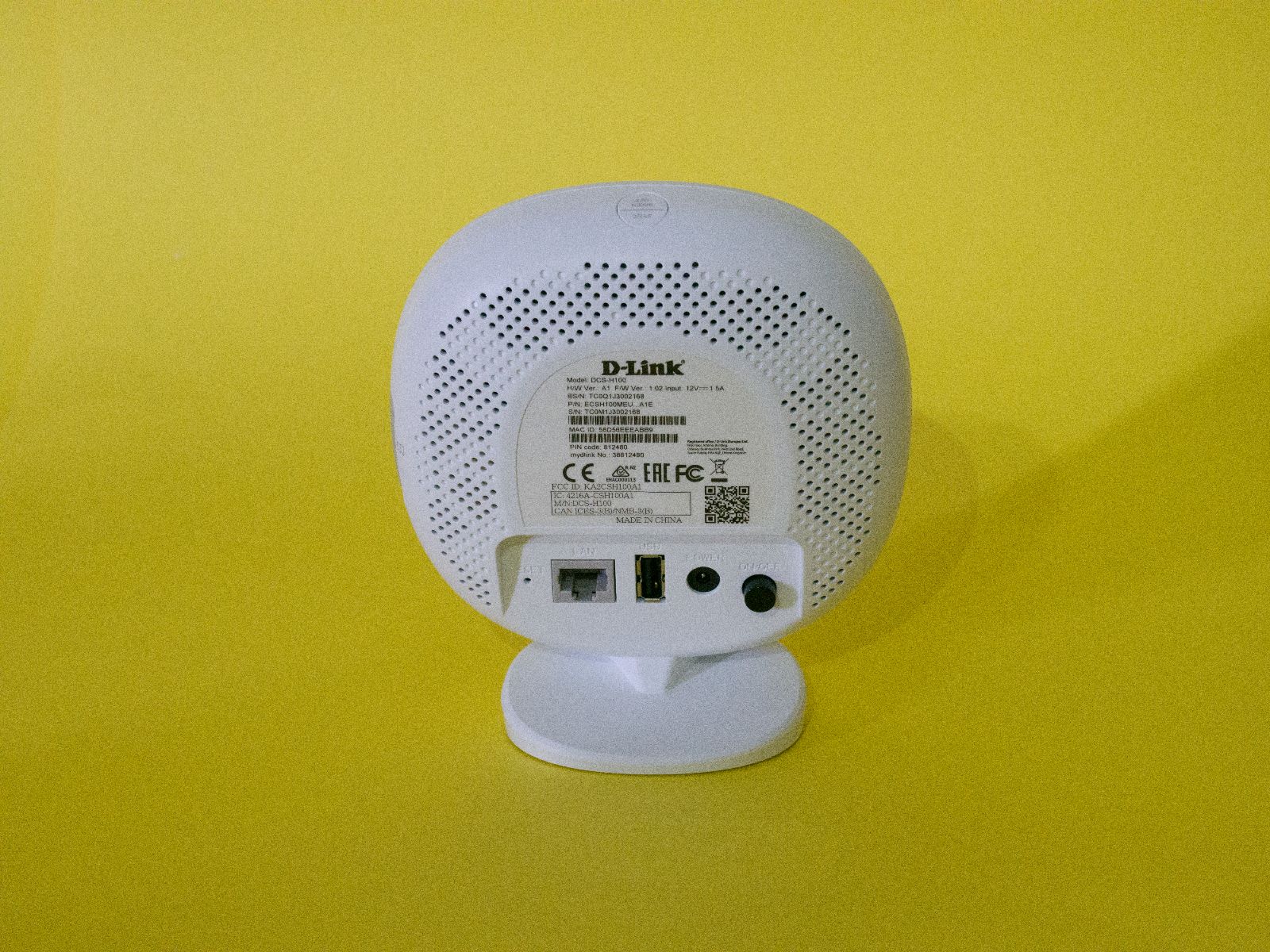
Configuration and assembly | D-Link Wire-Free Camera Kit Review
Before moving on to mount the cameras in their designated locations, they will need to be configured to communicate seamlessly with the hub and our designated smart device. However, although this step is quite easy and intuitive, in some cases it can create some small problems. But let’s go in order and try to understand the reason for these words.
As we previously anticipated, the supplied cables are not very long. This can be a problem in setup (and even later) since the hub will have to be placeddue to force majeure, close to our modem. However, we will also need to have an electrical outlet for power nearby. You understand very well that, if the modem cable is long enough and allows it to be positioned far from an outlet, we will be forced to find a valid alternative to connect the D-Link hub.
the configuration in general, however, is not very complex. Just download the appropriate app on your smart device through the store, create a profile and follow the steps described on the screen. However, in these steps the one that tells us to press the coupling button on the hub does not appear, in case the cameras are not traced immediately. Little thing, but what it can create some doubts in those who are not experts in these devices. On the assembly side, however, everything is somewhat simpler.
Fixing the arm or the brackets will be very easy through the appropriate holes present. Furthermore the company supplies us with both screws and dowels to make operations even easier. The only problem can be found when we are going to place the cameras. Not being mobileit will be up to us to position them in the right direction so that they frame what we want.
General experience | D-Link Wire-Free Camera Kit Review
Our experience with this security system has gone through very ups and downs. Let’s start from the first camera battery. The latter is perhaps one of the best points of this security system, as, at least in our experience, we never had to recharge the cameras. And luckily we would dare to say! Although one charge allows cameras to be used for a long time, the worst time comes when the battery runs out.
Since the charging cable is very short, we will be forced to remove the camera from the arm or bracket to be able to recharge it. Also, if they download at the same time, we will have to wait for one to be charged since there is only one cable. The Micro-USB socket does not facilitate these steps as the current standard is now that of USB type-C. So not only will the charging phase last longer, but it will also be difficult to find a second cable to recharge them at the same time.
In general however the cameras work really well. Although the resolution is only in 1080p, they can find very clear images both day and night. The IP65 certification which they are endowed with then makes them excellent for both indoor and outdoor use of buildings. Thus it will be possible to monitor the entrance and one of the internal rooms selected by us.
Much appreciated was the fact that videos can be recorded both on the cloud and on microSD or even on an external disk via the USB connection. This guarantees ample freedom of choice, without necessarily binding us to monthly or annual subscriptions. The recognition of movements and the possibility of selecting a “designated contact” for the various reports that will arrive from our kit was also good.
An app that can be improved | D-Link Wire-Free Camera Kit Review
Although therefore the hardware part, despite some limitations due to the length of the cables and the immobility of the cameras, does not have major problems, the software part, on the other hand, leaves something to be desired. In fact, the app is the tool that allows communication between devices and us, wherever we are and in any situation. However its own the latter is somewhat fallacious in some momentsmaking it impossible for us to take any action.
In fact, we have often found problems with live playback of images from cameras. More in detail, in some cases when the live view was started through the appropriate camera box, the app continued to load for a very long time, but never provided us with any image as output. Even when we were able to upload the video, it still took too long.
All this, combined with a delay of about 3 seconds (delay attributable to the cameras-hub-smartphone communication), it makes it almost impossible to quickly check what’s going on inside the house. Also, even when it doesn’t take long to load, it happens that the panes turn off if you accidentally minimize the app. We will therefore be forced to reload everything, making us waste more time.
We then encountered a strange problem with the microphone. This in fact, the first time we activated it, it worked with voice detection. However next time, although we didn’t touch any settings, we were forced to use push-to-talk to be able to communicate with the other party on the other side of the screen. We also encountered some problems under the voice commands. The integration with Alexa and the Google assistant is certainly well appreciated. However finding the right commands to use is neither simple nor intuitive and certainly some more information would have been well appreciated.
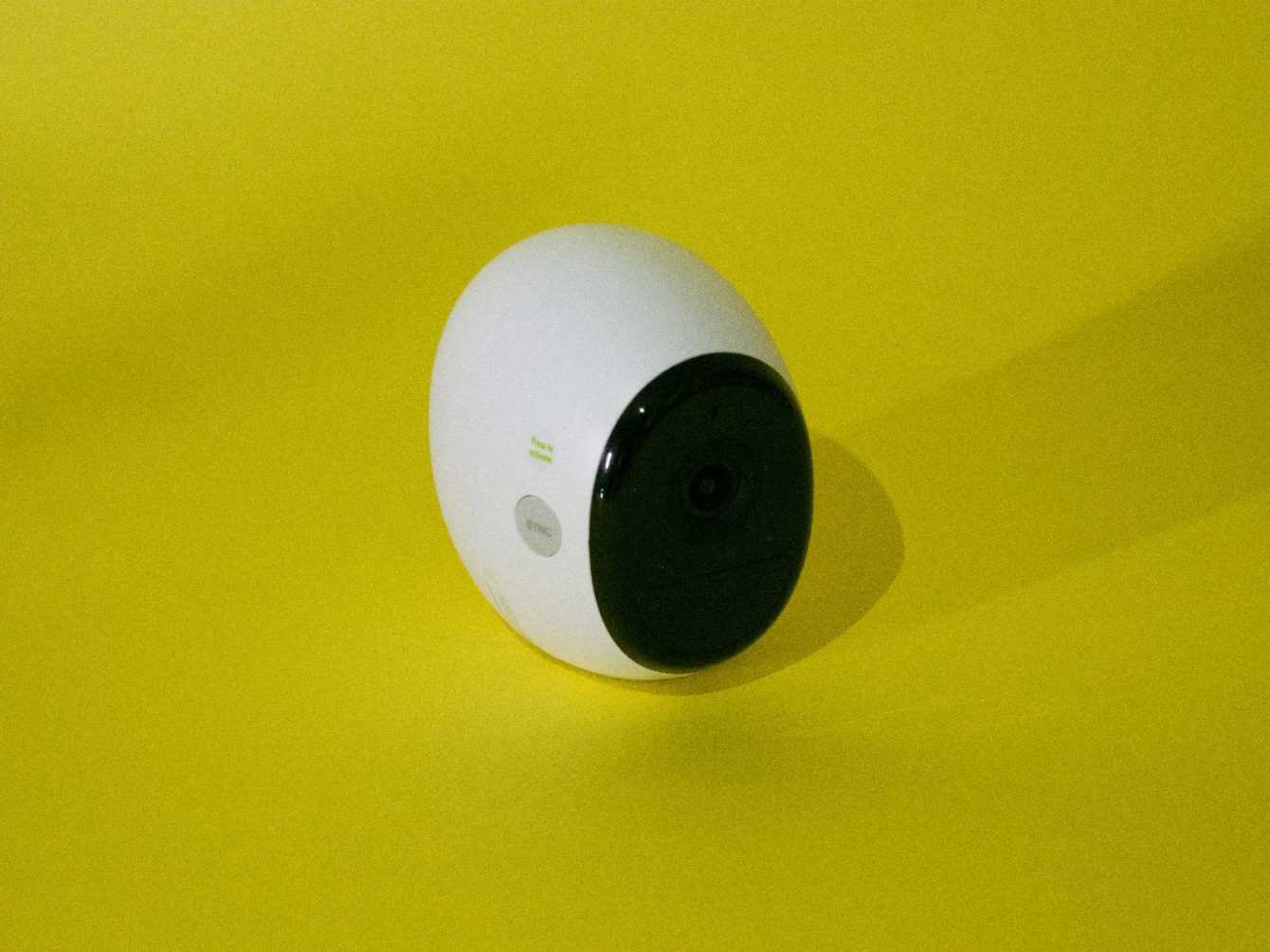
Let’s sum it up
We have now reached the end of this review regarding the D-Link Wire-Free Camera Kit system and it is therefore time to take stock. The kit definitely looks like a good idea to keep the main aspects of our home or shop under control. The ability to connect up to four cameras to our hub is a very welcome thing, although the kit only contains two.
The setup is quite simple, thanks above all to the on-screen indications via the app. The general vision also does not mind, both day and night. We can have some sharp images and the width of the frame can cover a large area. Much appreciated was the possibility to choose where to save the various clips; we will therefore not be forced to spend money on an annual subscription and we will be able to save everything on an external storage or on a microSD.
Although therefore from this point of view there are no problems, these come from the tool that most of all should have been perfect: the app. The latter in fact has large gaps and makes it difficult to use. In fact, live videos are often not loaded, the system for speaking is not very clear (it is not clear whether it works with voice detection or with push-to-talk) and even the voice commands via voice assistant are not very explicit. Surely much more could have been done …






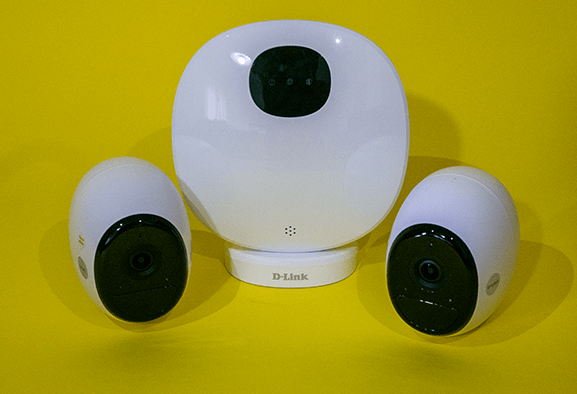





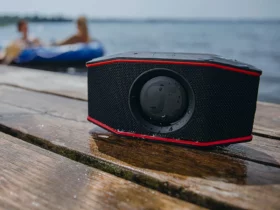
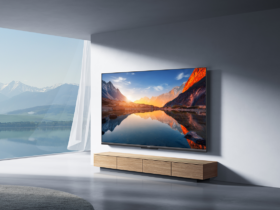
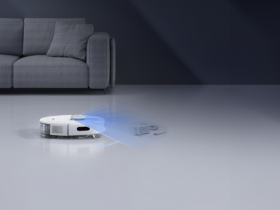
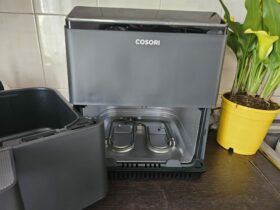
Leave a Reply
View Comments